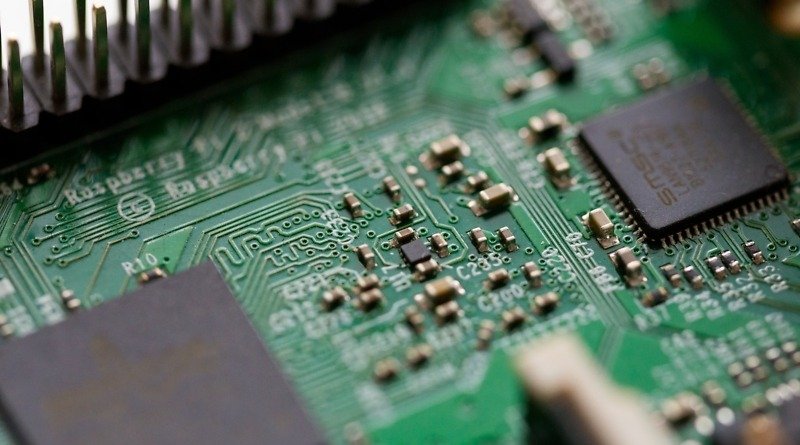Biomedical engineering: A Guide to Forex Trading.
Biomedical engineering forex is an increasingly important subject for those involved in the biomedical engineering field. Utilizing the latest advancements in the biomedical industry, the ability to gain insights into diagnoses, treatments, and research processes has been revolutionized. This article examines the core concept of biomedical engineering forex, its advantages in the medical engineering field, and the applications of the technology.
Introduction
Biomedical engineering is an interdisciplinary field that integrates engineering principles and materials with medicine and medical techniques. It is a growing field due to its ability to provide innovative solutions to medical problems and make significant improvements to healthcare. This review will focus on the latest research and developments in the area of biomedical engineering and discuss emerging trends in the field.
Overview of Biomedical Engineering
Biomedical engineering, commonly referred to as BME, comprises a variety of disciplines, such as electrical engineering, computer science, materials science, biomedical informatics, and mechanical engineering. It works to create new technologies or improve existing ones for use in medical diagnosis, treatment and care. In addition, BME develops software and hardware tools for medical, biological and healthcare applications.
The major areas of biomedical engineering include bioinstrumentation, biomechanics, medical imaging, bio-manufacturing, biomaterials, bioelectronics/biotechnology, tissue engineering, systems modeling/simulation, and healthcare engineering. These different areas work together to develop new medical products and services or improve existing ones.
Recent Trends and Developments in Biomedical Engineering
In recent years, there have been several developments in the field of biomedical engineering. One example is the use of machine learning algorithms to interpret medical diagnosis and treatment data. This technology has allowed us to quickly and accurately diagnose medical conditions and better tailor treatments based on a patient’s individual needs.
Another trend in biomedical engineering is the development of materials for medical implants and prosthetics. These materials must be strong and durable, yet biocompatible with surrounding tissue. This research is ongoing and is expected to bring breakthroughs in the field of prosthetics and implants.
Robotics is another major area of biomedical engineering. It is used in surgical interventions, rehabilitation, and diagnosis. Robotics allows physicians to better diagnose and treat certain conditions, as well as provide more accurate results and reduce complications in surgery. This technology is expected to continue to develop and grow in the near future, as it opens up numerous opportunities for medical practitioners.
The use of artificial intelligence and big data in medical research is also becoming increasingly popular. AI allows researchers to quickly analyze large volumes of data and gain detailed insights into disease states and medical treatments. This is expected to revolutionize medical research and lead to faster diagnosis and more personalized treatments.
Finally, the use of 3D printing in the healthcare industry is also increasing rapidly. 3D printing allows for the custom fabrication of tools and parts, such as prosthetics and implants, to meet patients’ individual needs. This technology is expected to continue to grow in popularity and be applied to a wide variety of medical applications.
Conclusion
Biomedical engineering is an ever-evolving field with plenty of potential. New research and developments are bringing about significant improvements in the diagnosis, treatment, and care of patients. Through the use of machine learning, materials, robotics, artificial intelligence and 3D printing, biomedical engineers are able to better understand and treat various medical conditions, making it one of the most exciting fields in science and technology.
